Understanding the Core Differences Between Luxury and Affordable Jewelry Brands: A Guide for New Jewelry Entrepreneurs 💎
Home
Education Blog Understanding the Core Differences Between Luxury and Affordable Jewelry Brands: A Guide for New Jewelry Entrepreneurs 💎 SHOP NOW



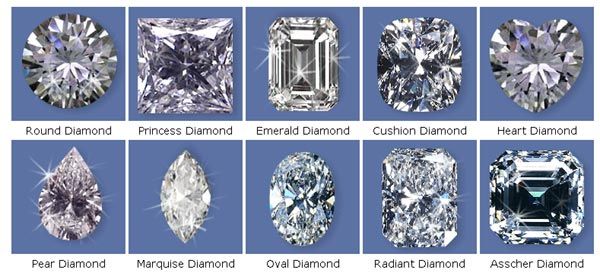
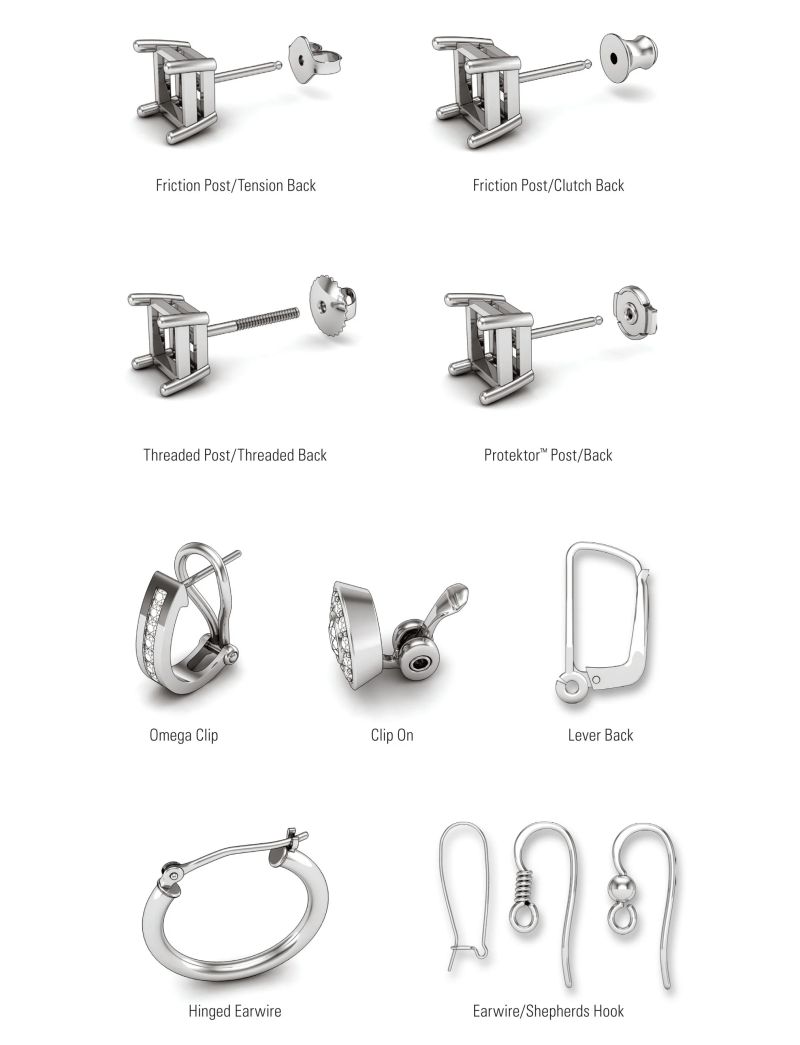


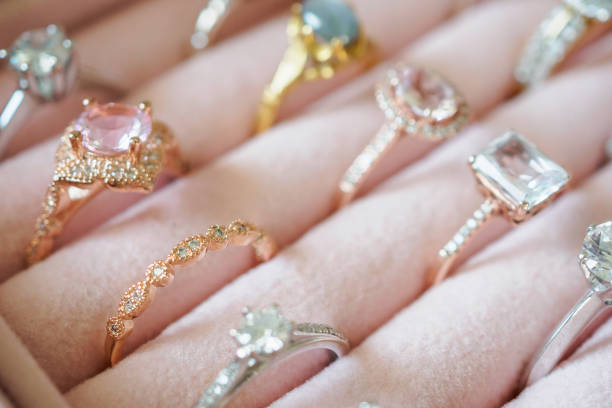
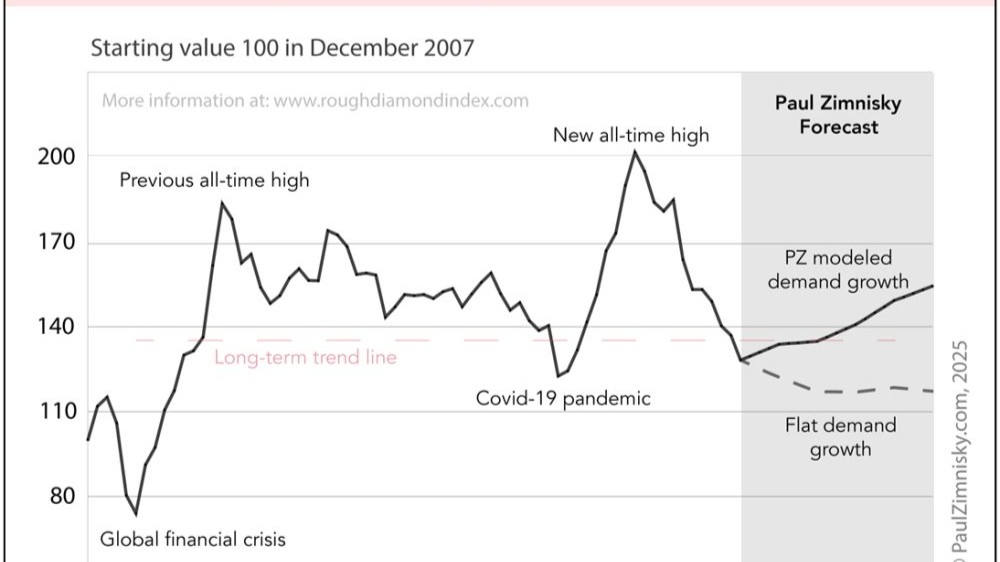
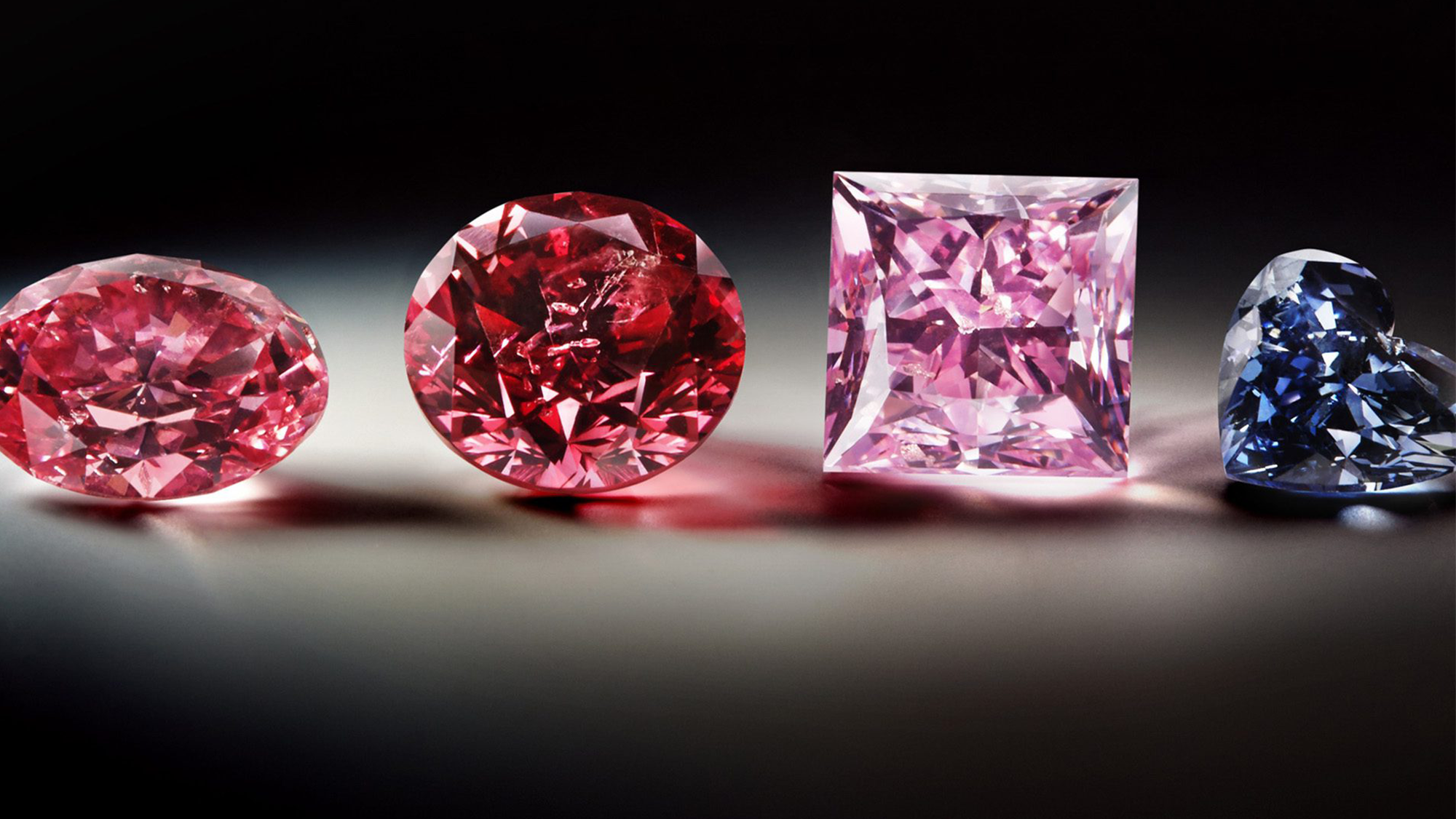
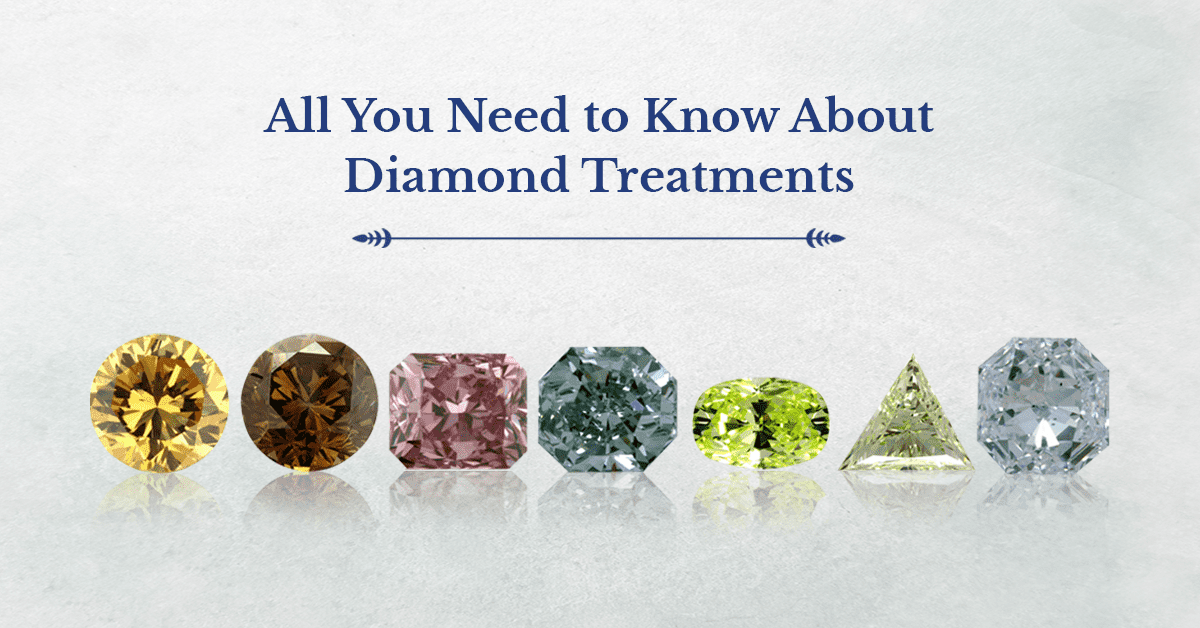
0 Comments
Please login to leave a reply.